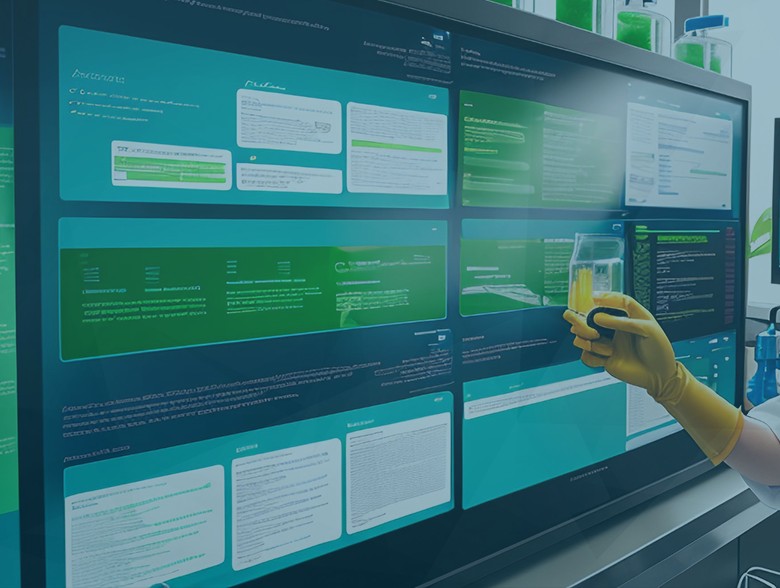Organizations around the world are giving top priority to their cybersecurity efforts in response to the increasing threat from cybercriminals. At the same time, as the circular economy and green initiatives grow in importance, there is a need for heightened vigilance in data security efforts for end-of-use enterprise and office systems. This is where the role of data destruction plays a crucial part in ensuring that sensitive information is properly handled when assets are retired.
Many organizations tend to focus on live data security, which is undoubtedly important. However, recently decommissioned assets still contain the same data that was just migrated to the new live systems. As a result, there is a critical need to ensure that this data is digitally destroyed on the end-of-use systems with an accompanying tamperproof certificate of destruction. This step is necessary to meet regulatory compliance with laws such as HIPAA, FACTA, Gramm-Leach-Bliley, CMMC, GDPR, and many other data privacy statutes governing various industries. The potential risks of data breaches and misuse of sensitive information highlight the importance of ensuring proper data destruction for all end-of-use assets.
The task of destroying data from these assets can be overwhelming. Data-bearing assets in both data centers and office spaces can range from enterprise storage arrays and servers to laptops, desktops, mobile phones, and other devices. Each of these devices may behave slightly differently and require specialized knowledge or software to properly sanitize the data. Thankfully, there are clear standards for data sanitization in place and new standards being finalized for both present and future use.
Standards such as NIST SP800-88r1 and IEEE 2883 offer guidelines for secure data sanitization, with the latter accounting for the latest storage devices. These standards aim to provide secure, absolute data sanitization with forensic science to back them up, offering peace of mind to organizations seeking to retire their assets securely and responsibly.
To address the complexities and challenges of data sanitization for end-of-use assets, there are various solutions and services available in the market. Organizations can choose from certified data sanitization software and hardware solutions or seek the expertise of certified IT Asset Disposition Companies (ITAD) to handle the secure destruction of data on their assets. These solutions and services provide certifications that can be used for security audits and regulatory compliance, giving organizations the assurance that their data is being handled in accordance with the highest standards.
When considering a solution or service for data sanitization, it is essential to verify the certifications of the provider to ensure their efficacy and compliance with relevant standards. Certifying bodies such as R2, e-Stewards, NAID AAA, and ADISA play key roles in verifying the capabilities of IT Asset Disposition companies and third-party service providers, offering an added layer of assurance to organizations seeking to retire their assets securely.
In conclusion, in today’s complex business environment, it is critical to prioritize data security for end-of-use assets. The proper sanitization of data-bearing devices is essential to ensure that no sensitive information leaves a facility, protecting businesses and customers alike. While the challenges of retiring assets and handling data security risks are daunting, finding the right solution or service with the appropriate certifications and expertise can make a significant difference in mitigating these risks effectively.
About the Author:
Roger Gagnon is the President and CEO of Extreme Protocol Solutions, a leading provider of data sanitization solutions based outside of Boston in Uxbridge, Massachusetts. With over two decades of experience in the data storage industry, Roger and his team at Extreme Protocol Solutions remain dedicated to delivering customer-focused solutions that ensure risk mitigation and substantial ROI for companies of all sizes. For more information, you can reach out to Roger at rgagnon@extremeprotocol.com or visit Extreme Protocol Solutions’ website at www.extremeprotocol.com.


